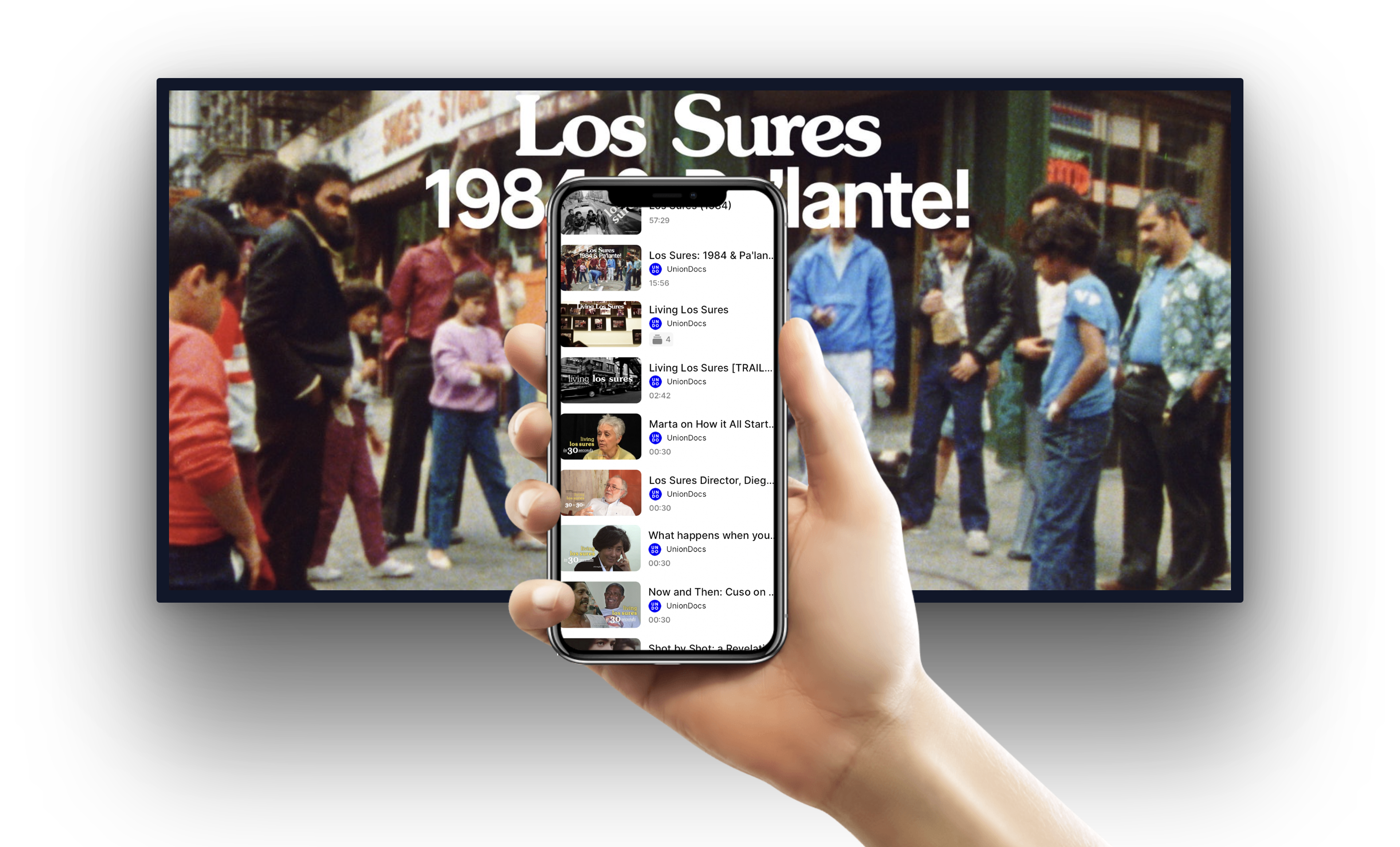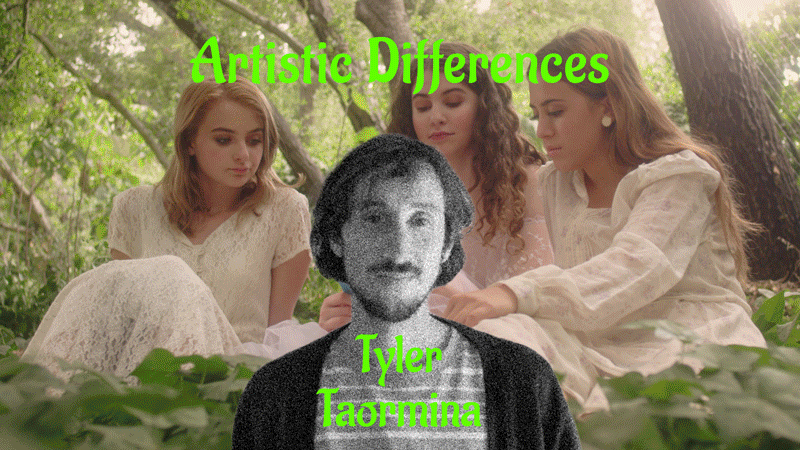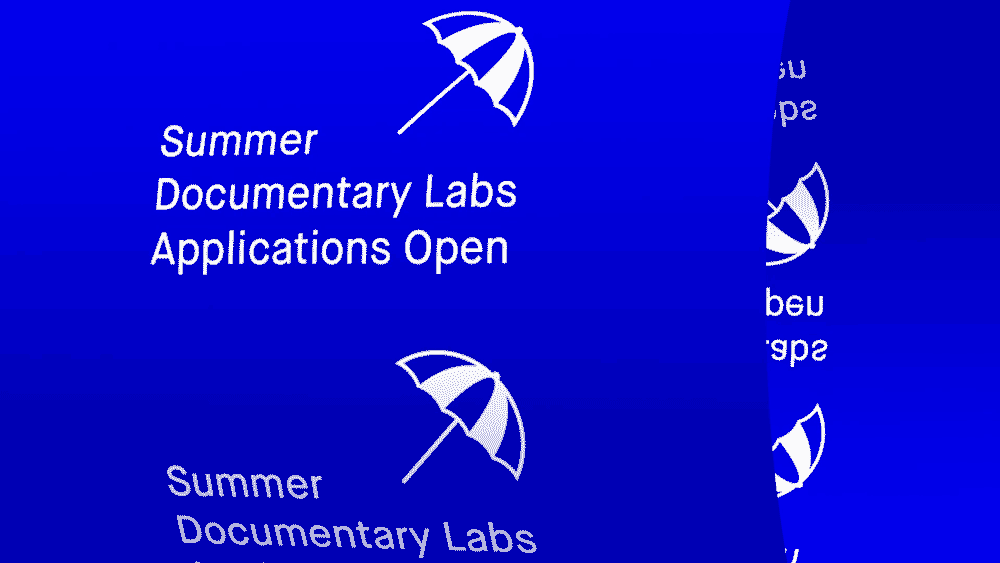Following the theme of Brian Doyle’s artwork – phenomena and ephemera found in the collision between the natural and cultural – “Glassing the Landscape” highlights the quasi-fictionalized documentary. These films uncover realities just beneath the surface of recognition. Doyle offers us a look through his telescope, a squinting perspective on the modern landscape that allows us to observe our environment’s latent realities. Doyle will present “Launch”, which imagines NASA’s space center in a future where nature has begun to reclaim the complex. Works by Jem Cohen, Bill Brown, Semiconductor and other artists further the theme of quiet vision and lurking power.
“When it was light enough to use the binoculars he glassed the valley below. Everything paling away into the murk. The soft ash blowing in loose swirls over the blacktop. He studied what he could see. The segments of road down there among the dead trees. Looking for anything of color. Any movement. Any trace of standing smoke. He lowered the glasses and pulled down the cotton mask from his face and wiped his nose on the back of his wrist and then glassed the country again. Then he just sat there holding the binoculars and watching the ashen daylight congeal over the land.”
* from Cormac McCarthy’s “The Road” where a man with his boy, two of the last people alive on earth, “glasses” the landscape looking for signs of life.
Launch by Brian Doyle (USA, 2007, 24 minutes, color, super 8 transferred to video)
This film imagines a deserted, storm-ravaged Kennedy Space Center. With wildlife encroaching, radio transmissions track a massive hurricane and direct any remaining people to escape. Finally, a rocket (in fact the space shuttle Discovery, in the first liftoff since the Columbia disaster) launches through the eye of the storm.
A number of contemporary issues inform “Launch”: the many recent large-scale natural disasters that have shaken the world; the ever-increasing human impact and manipulation of the weather; and our varied ambitions for space and conquest. The film imagines the day when humankind must face the overwhelming force of nature and attempt to escape it. It is a meditation on the end of an era and the beginning of a drastically different and unpredictable future.
Science’s 10 most Beautiful Experiments :#2 Galileo by Jeanne Liotta (USA, 2006, 2 min., color, dv)
One of the first experimentalists was Galileo, who supposedly dropped a feather and a hammer simultaneously from the Leaning Tower of Pisa in order to demonstrate that the two would hit the ground at the same time. Approx. 400 years later that trick still works.
(courtesy: NASA 1971)
Little Flags by Jem Cohen (USA, 2000, 6 minutes, black-and-white)
A “victory” parade for the 1991 Gulf War filmed in the area of lower Manhattan near the World Trade Towers known as the Canyon of Heroes. Cohen shelved the footage until 2000 when the film was completed. The events of Sept. 11, 2001 recast the film as a mirror facing past and future. Everyone loves a parade, except for the dead.
City Beat by Skip Blumberg (USA, 1980, 7:10 minutes, color)
In this early 3-channel art video that was recently restored, the repetition of urban action becomes a symphony of rhythms, leading to cacophony and back. Conceived and collaboratively produced by Skip Blumberg with 12 local video artists and producers at Intermedia Arts, Minneapolis. Originally a 3-TV-monitor installation in the Crystal Court at the IDS Center – a skyscraper featured in the video (Minneapolis), Institute of North America (Barcelona, Spain), Contemporary Art Museum (Chicago, and Museum of Modern Art (NYC).
Below Sea Level (single channel) by Pawel Wojtasik (USA, 2009, 5 min. 45 sec., color, HD)
The work is an evocation of the spirit of the city of New Orleans and its surrounding wetlands. It attempts to speak in images and sound about the continuing plight of the place, of the human and ecological crisis occurring there. The film is not specifically about Hurricane Katrina—rather it contemplates an acute sense of impermanence inherent in the New Orleans location. The film emphasizes water as the lifeblood of the city.
Buffalo Common by Bill Brown (USA, 2001, 23 minutes, black and white)
Bill Brown’s personal, observant film, “Buffalo Common” is witty and filled with philosophical statements. Traveling to North Dakota researching the psyches of the townsfolk who lived among armed missile silos for thirty-five years. In ‘99 half of them were decommissioned. The colorful black and white cinematography is excellent and Bill’s stream of consciousness narration is thoughtful and provoking. Something different and definitely worth a look.
Heliocentricby Semiconductor (a collaboration of Ruth Jarman and Joe Gerhardt), Sound by Semiconductor and BJ Nilsen (UK, 2010, 15 minutes, HD)
Heliocentric uses time-lapse photography and astronomical tracking to plot the sun’s trajectory across a series of landscapes. The entire environment feels to pan past the camera whilst the sun stays in the centre of each frame, enabling us to gauge the earth’s rotation and orbit around the sun. As the Suns light becomes disrupted by passing weather conditions and the environment through which we encounter it, it audibly plays them as if it were a stylus.
Atomic Park by Dominique Gonzalez-Foerster (France, 2004, 8 minutes, black and white and color, 35mm)
Courtesy Camera Lucida
The White Sands desert is located near the Trinity Site. It was here, in July 1945, that the very first atomic bomb was tested. The voice of Marilyn Monroe, in John Huston’s film “The Misfits”, can be heard in the distance. Arthur Miller wrote the script.
Brian Doyle’s videos, installations and photos question the notion of the common experience. His award winning artwork has been shown around the world on television (PBS, ARTE, TVE), in film festivals (Slamdance, International Film Festival Rotterdam, Tribeca Film Festival), and in museums (Henry Art Gallery, Museo Nacional Centro de Arte Reina Sofia, Australian Center for the Moving Image). Doyle’s videos can be found in the video file of Pierogi 2000 in Brooklyn, NY and are distributed by Annexia in Toulouse, France and Vtape in Toronto, Canada. He graduated with a BFA from Florida State University and an MFA from the School of the Art Institute of Chicago’s Sculpture Department. He lives and works in Beacon, NY.
Brian Doyle is a 2009 Artists’ Fellowship recipient of the New York Foundation for the Arts (NYFA). This presentation is co-sponsored by Artists and Audiences Exchange, a public program of NYFA.
Skip Blumberg is an Emmy Award-winning producer and influential figure in the evolution of the independent video documentary. From his seminal guerrilla television work of the late 1970s and early explorations of the graphics of video (JGLNG, 1976) to his recent documentaries about world culture (Weekend in Moscow, 2002 and Return to Tibet, 2003) and performance videos (ConCreep, 2000), he brings a distinctive, personal approach to the documentary form that, in his words, “warms up the cool medium of television.” His work has has shown in settings, such as PBS, National Geographic TV, Showtime, Bravo, the Learning Channel as well as the Museum of Modern Art, Pompidou Center (Paris), and Everson Museum of Art (Syracuse, NY). He was appointed Special Assistant Professor at Hofstra University’s School of Communications in 2008. Blumberg curated two of Doyle’s works “Current” and “The Light” in “US Express”, a history of single channel video art spanning from the early 70’s to present day that toured worldwide through the U.S. Department of State, 2005-2008.







